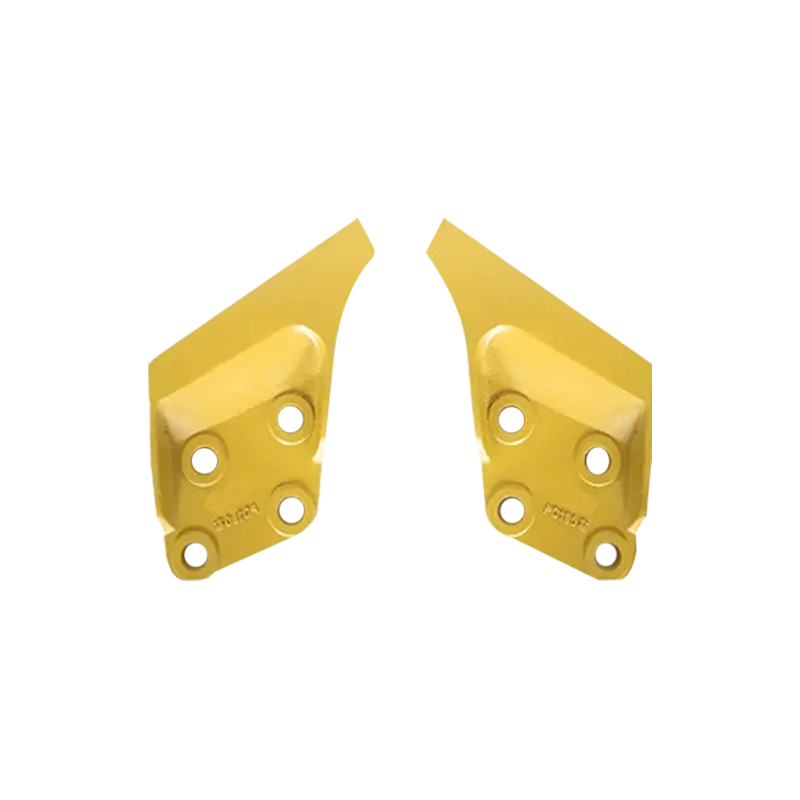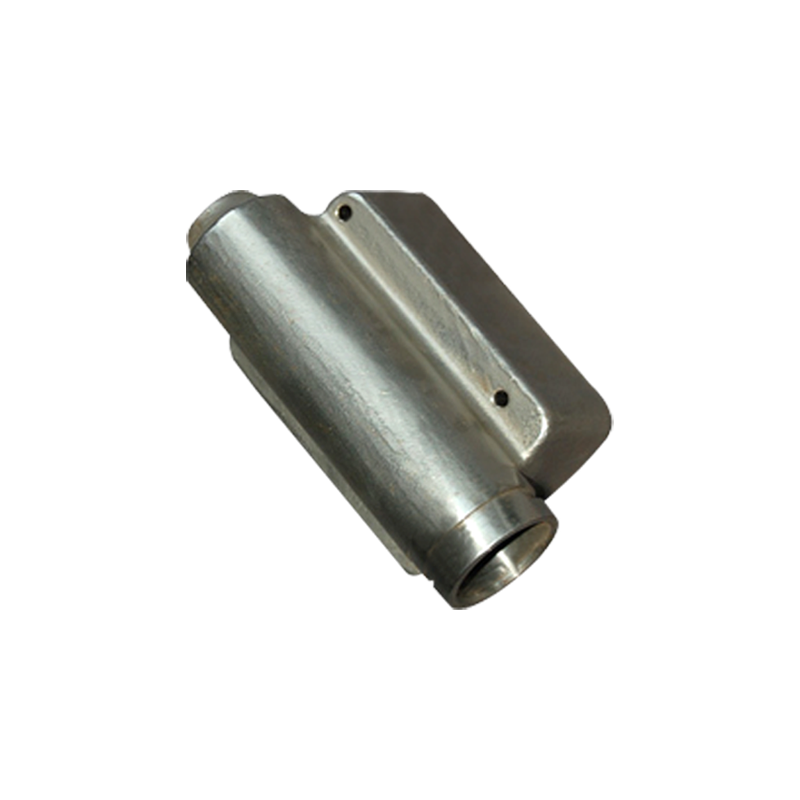Our quality assurance services and processes ensure the reliability of our products and your satisfaction.
The Marine Dock Hinge Connector plays a key role in the stability and safety of the dock. Its unique design and functionality can effectively cope with various challenges in the marine environment, ensuring that the dock can remain stable, safe and extend its service life under different conditions of use.
The Marine Dock Hinge Connector can improve the overall stability by enhancing the connectivity between the various parts of the dock. The dock is usually composed of multiple modules or platforms, which need to be connected together stably and flexibly to adapt to tides, waves and the entry and exit of ships. Traditional connection methods often cannot maintain good balance on the fluctuating water surface, while the Marine Dock Hinge Connector allows flexible relative movement between the dock platform and the supporting structure through its hinged design. This flexible connection method can cope with the influence of external forces such as water flow and tidal changes, thereby ensuring that the dock can remain stable under various hydrological conditions and avoid tilting or damage due to over-fixation or inability to adapt to environmental changes. The hinged design enables the entire dock structure to adapt to the docking and departure of ships without losing balance, while reducing the risk of damage to the dock due to water flow impact or tidal changes.
The design of the Marine Dock Hinge Connector can also effectively disperse the impact force generated when the ship enters and exits. When the ship approaches or leaves the dock, especially when traveling at high speed, the collision between the ship and the dock will generate a large impact force. If this impact is not effectively alleviated, it may cause damage to the dock structure or loose connection parts. The Marine Dock Hinge Connector can effectively disperse these impact forces through its flexible connection method, avoiding the damage to the dock structure caused by concentrated impact. Compared with the traditional rigid connection method, the hinged connector can absorb part of the impact and buffer the dock through its inherent movement mechanism. This feature significantly improves the durability of the dock when facing frequent ship berthing and leaving, reduces the risk of damage to the dock due to impact, and also ensures the safety of the ship when docking.
Corrosion resistance is another important advantage of the Marine Dock Hinge Connector. Docks are generally exposed to the marine environment for a long time, especially salt water and humid air, which are extremely corrosive to metal parts. If the connector material does not have sufficient corrosion resistance, it may cause it to be damaged quickly, thus affecting the stability and safety of the dock. Marine Dock Hinge Connector uses highly corrosion-resistant materials, such as stainless steel or galvanized metal, which have strong corrosion resistance in seawater and harsh environments, and can effectively resist the erosion of salt water, moisture and other chemicals. Even in long-term use, Marine Dock Hinge Connector can still maintain good working condition, and will not loosen, deform or break due to corrosion, ensuring the long-term stability and safety of the dock structure.
The flexibility and adaptability of Marine Dock Hinge Connector also greatly improve the stability of the dock. The water level in the ocean fluctuates greatly, and the change of tides causes the water surface height to change all the time. Traditional rigid connectors often cannot adapt to these changes, which easily leads to imbalance of the dock platform. The design of Marine Dock Hinge Connector just makes up for this defect. Due to its articulated structure, the connector can be flexibly adjusted with the rise and fall of the water level, so that the dock platform always remains stable. This highly adaptable design ensures that the dock can still provide a safe and stable docking environment in an environment with large tidal fluctuations, which not only improves the convenience of ship docking, but also reduces the safety hazards caused by the influence of tides and water currents on the dock.
 Language
Language
 FT CASTING
FT CASTING















